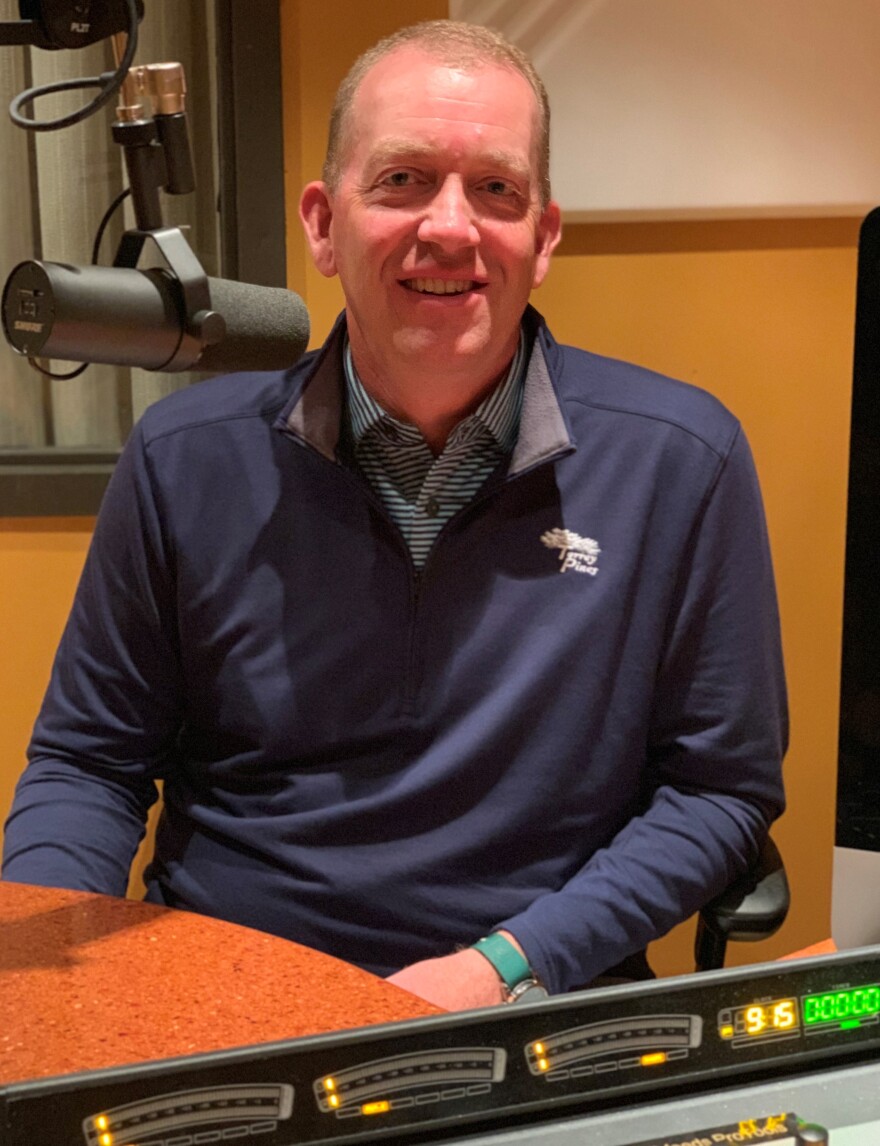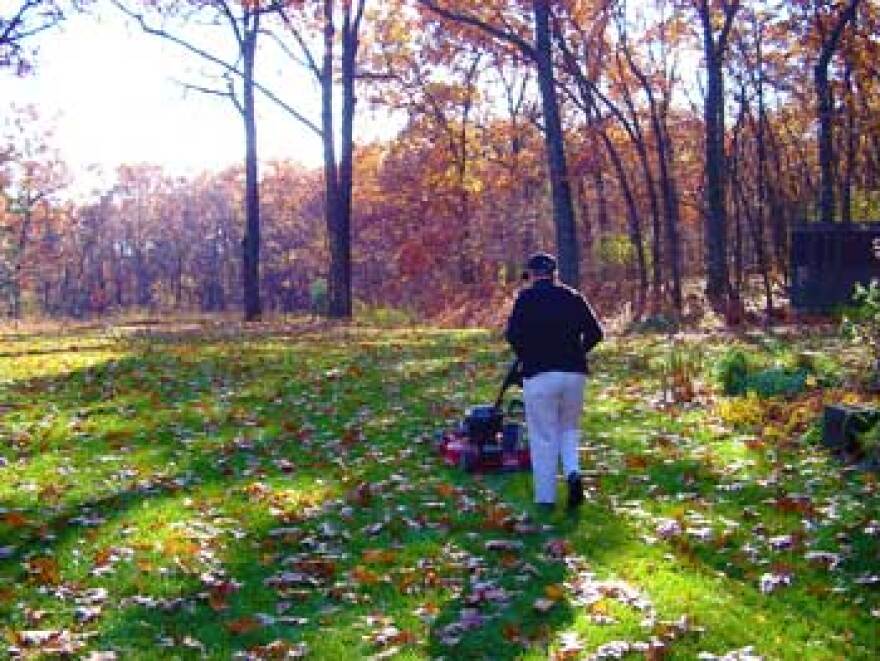Kevin Frank is an associate professor in Michigan State University's renowned Department of Plant Soil and Microbial Sciences and an MSU Extension turf specialist.
Frank says it was mostly a typical summer weather-wise, “But, as we wrap up summer, we're pretty dry in a lot of areas. That's probably the thing I've noticed, especially on home lawn turf.
“If you need to do any seeding, you're getting toward the end of that window now. We've been blessed with some great late summer, early fall weather, as far as temperatures. But, normally, what I would tell people in that Grand Rapids through Detroit corridor is that, ideally, you would have wanted to seed by September 15.

“You can probably do it up till about October 1. After that, I'm not making any guarantees. If somebody calls me and says they have a four by four foot area in their lawn they want to reseed, I’d say go for it.
“If you're telling me you’ve got three acres you want to invest in and reseed, and you’re going to do it in the middle of October, I’d say that could be a little dicey.”
Frank says Fall is a great time to get your lawn in great shape for next spring.
“If you haven't fertilized in a while, or at all, fall is the best time to do it. If you can hit it anytime between now and even the second or third week of October, it will do a lot of good.
“The temperatures have cooled a bit. The nights are cooler. The cool season grass, especially if we get any rainfall and it starts to resume growth, it's just perfect timing. The plant really benefits from that application right now.”
Frank talks more about why fall is the best time to work on your lawn. And he says mulching your fall leaves back into the turf is great organic fertilizer for your lawn.
“They do provide a great source of organic matter for the lawn. Many of our lawns need that because often we built these homes in suburbia on less than ideal soils or the soils were really disturbed during construction. When you add some organic matter, you add some nutrients back to the lawn.
“If you can keep up on it, and you can mulch them, that's a great benefit to the lawn. It doesn't hurt the lawn.”

Frank says soil tests are a good idea.
“Some of our soils are low in phosphorous, especially some of the suburban soils that were disturbed. We do have a phosphorus restriction in the state. But, if you have a soil test that says you need it, then you can apply it to the lawn. You could also apply some natural organic fertilizers. There's a certain limit that involves a little bit of math with the amount of phosphorus you can put down.”
And how often should you fertilize?
“At the minimum, I'd say, to have a healthy lawn, I think most lawns need probably two applications per year, like we talked about, the fall, then I'd probably do one maybe in May of next year. That helps get you density. If you have dense turf, most of your pest problems aren't problems.
“It's like all the fighting some people do with weeds. Most of that's associated with thin turf. If you can fertilize properly, you get a denser stand. Mow high, keep the clippings on the turf, fertilize twice a year, and spot spray weeds when you need to. Fall applications are great.
“The biggest thing, I think, too, is a lot of people mismanage water. I still think most people don't water their lawns in Michigan when you look around. But, certainly, some communities and some subdivisions do irrigate their lawns. Biggest thing is they over irrigate them. Every day for multiple minutes putting a quarter or half inch down is just too much. A lot of the problem lawns I walk onto are soaking wet.”
And Frank says that, by law, you need to keep all fertilizer on the turf.
“You have to pick that fertilizer up or get it back onto a turf surface. You can't leave it on impervious surfaces, whether that would be your driveway, the sidewalk, throwing it out into the street, or whatever it is. You have to keep that on site.”
MSU Today airs Sunday mornings at 9:00 on 105.1 FM and AM 870.


